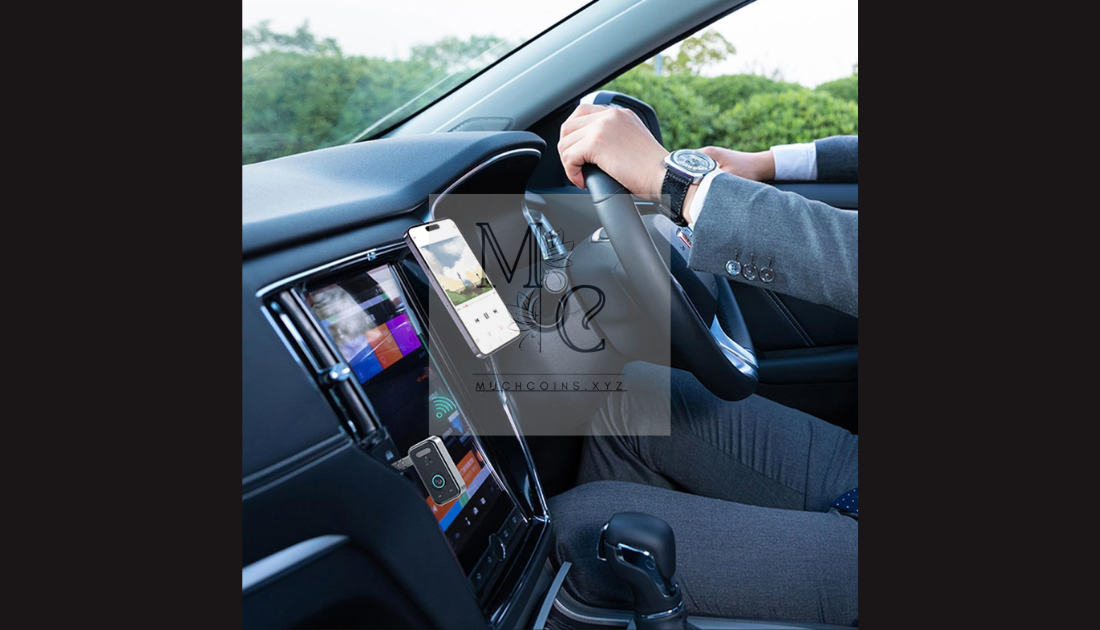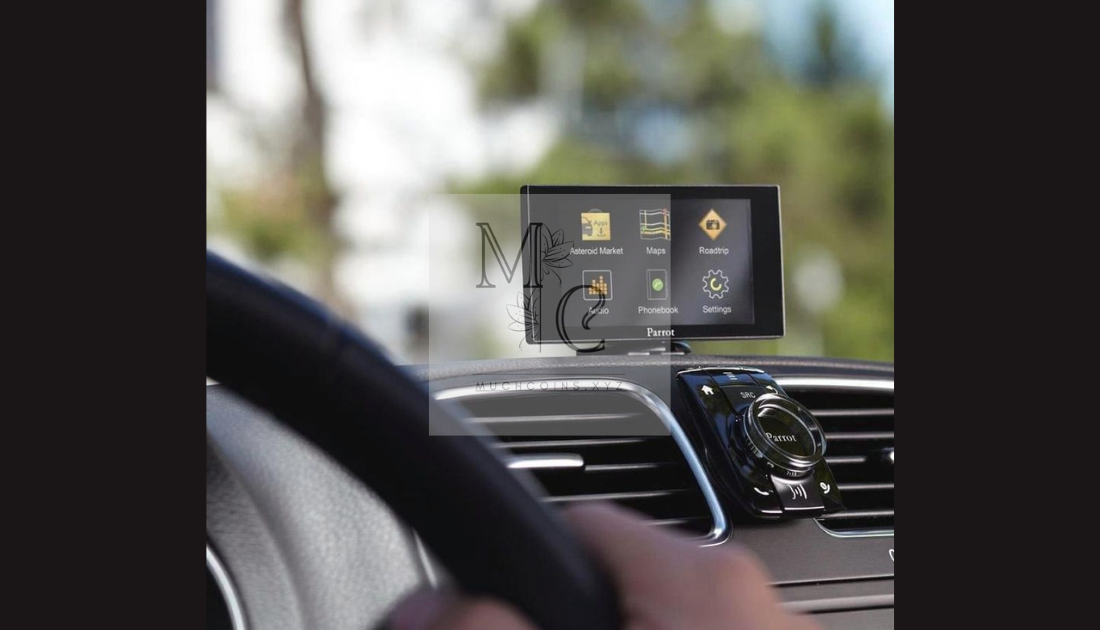In today’s world, Bluetooth technology has become a must-have feature for safe, hands-free communication and streaming music on the go. Fortunately, you don’t need to buy a new car to enjoy these benefits. Installing Bluetooth in your car is a cost-effective way to modernize your vehicle. This article will guide you through car Bluetooth installation, covering options, benefits, and installation tips so you can upgrade your ride with ease.
1. Why Add Bluetooth to Your Car? Car Bluetooth installation offers several advantages. First, it allows you to make hands-free calls, keeping your focus on the road. Secondly, it lets you stream music directly from your smartphone, eliminating the need for cables. Additionally, Bluetooth enhances convenience and safety, especially in areas with hands-free driving laws. Installing Bluetooth not only improves your driving experience but also adds a touch of modern technology to your vehicle, regardless of its age.
2. Types of Car Bluetooth Installation Options When it comes to car Bluetooth installation, you have several options, each with unique benefits. Here are the main types:
- Bluetooth Car Adapters: These plug into the car’s auxiliary (AUX) port and pair with your phone. They’re affordable and easy to install, making them a popular choice.
- Bluetooth FM Transmitters: These devices broadcast audio from your phone to a specific FM radio frequency. Although they require tuning your radio, they’re compatible with most vehicles.
- Bluetooth Car Stereos: Installing a Bluetooth-enabled car stereo is another option, providing built-in Bluetooth functionality and extra features, such as improved sound quality and USB ports.
- Bluetooth Speakerphones: These clip to your visor and work as a standalone Bluetooth device for calls. They’re convenient but limited to hands-free calling and often lack music streaming capabilities.
Choosing the right option depends on your budget, needs, and car model. For those looking for a quick solution, adapters and transmitters are ideal, while stereos offer a more integrated experience.
3. Tools and Preparation for Installation Before starting your car Bluetooth installation, gather the necessary tools and ensure you have the correct setup for your chosen device. For Bluetooth adapters or transmitters, the process is simple, often requiring only an AUX port or power outlet. However, if you’re installing a Bluetooth car stereo, you’ll need additional tools, such as a screwdriver set, wire stripper, and possibly a car stereo removal tool.
Always refer to the product’s user manual to understand specific installation steps. Having a clean, well-lit workspace helps as well, especially if the installation requires access to the car’s dashboard.
4. Installing a Bluetooth Adapter For those looking to keep installation simple, a Bluetooth adapter is a practical choice. Follow these steps for easy setup:
- Plug the adapter into your car’s AUX port.
- Pair the adapter with your phone following the manufacturer’s instructions.
- Test the audio to ensure a good connection.
Most Bluetooth adapters come with built-in controls for volume and skipping tracks, adding convenience to the setup. Some also include USB ports, allowing you to charge your phone while using Bluetooth.

5. Setting Up a Bluetooth FM Transmitter If your car lacks an AUX port, an FM transmitter is a versatile option. To install:
- Plug the transmitter into your car’s cigarette lighter or power outlet.
- Tune the transmitter to an unused FM frequency.
- Set your car radio to match this frequency.
- Pair your phone with the transmitter following the instructions.
Once paired, you can stream music and take calls through your car’s speakers. Keep in mind that sound quality may vary based on interference, but many FM transmitters offer clear, reliable audio for everyday use.
6. Installing a Bluetooth Car Stereo For a more integrated experience, installing a Bluetooth-enabled car stereo is ideal. While this process is more complex, it offers the most seamless connectivity. Here’s a general guide:
- Disconnect your car battery for safety.
- Remove the current stereo using a stereo removal tool.
- Connect the wiring harness from the new stereo to your car’s wiring.
- Secure the stereo in place and test the connection before reassembling the dashboard.
Many Bluetooth car stereos come with advanced features, such as voice commands, customizable sound settings, and display screens. This option may require professional help if you’re unfamiliar with car wiring, but the benefits of a Bluetooth stereo make it worth the effort for many drivers.
7. Pairing Your Phone and Testing the Connection Once you’ve completed the car Bluetooth installation, it’s time to pair your phone and test the connection. Open your phone’s Bluetooth settings, search for available devices, and select your car Bluetooth system. Most devices will prompt you for a PIN or confirmation to complete the pairing.
After pairing, test both audio streaming and call functions to ensure everything works properly. Play some music to check sound quality and make a test call to verify the microphone. If there are any issues, consult the user manual or reset the device before attempting again.
8. Tips for Optimal Bluetooth Performance To ensure the best experience with your new Bluetooth setup, consider the following tips:
- Keep Devices Updated: Regularly update your phone and Bluetooth device to improve connectivity and resolve potential issues.
- Avoid Interference: Place your phone close to the Bluetooth device, especially when using FM transmitters, as distance can impact sound quality.
- Maintain Clean Connections: Dust or debris in AUX ports or power outlets can affect performance. Clean these areas occasionally for optimal connectivity.
- Use Quality Accessories: Some Bluetooth devices come with extra cables or mounts. Use quality accessories to prevent loose connections or dropped signals.
With these tips, you’ll enjoy clear, consistent audio and a seamless Bluetooth experience, adding convenience to every drive.
9. Car Bluetooth Installation Costs and Considerations One of the biggest advantages of car Bluetooth installation is its affordability. Bluetooth adapters and FM transmitters generally cost between $20 and $50, making them a budget-friendly option for most drivers. Bluetooth car stereos vary more widely, with prices ranging from $100 to $300, depending on features and brand.
Consider your budget and the features you prioritize. If you frequently use your car for long drives or hands-free calls, investing in a Bluetooth stereo may be worth it. However, for occasional use, an adapter or transmitter will meet most needs without breaking the bank.
Conclusion Car Bluetooth installation opens the door to safer, more enjoyable driving by adding hands-free functionality and wireless music streaming. With several options available, from simple adapters to full car stereos, you can find a Bluetooth solution that fits your car and budget. Whether you’re looking for a quick, affordable upgrade or a fully integrated system, Bluetooth technology makes it easy to stay connected on the road.
By following these installation tips and choosing the right Bluetooth device, you can enjoy a modern, wireless experience in any vehicle. Upgrade your car with Bluetooth, and make every drive more convenient and entertaining.
